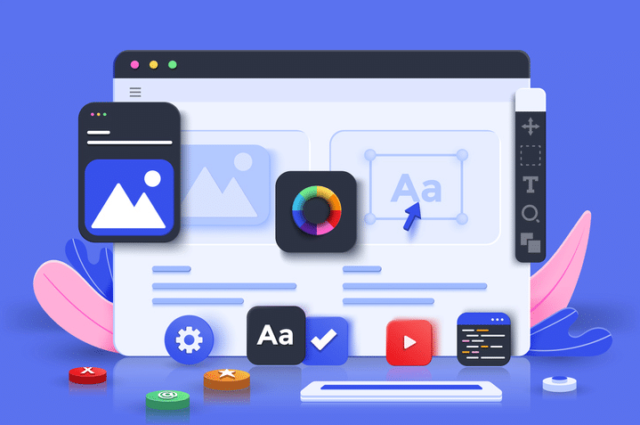A well-crafted landing page is a crucial component of any successful digital marketing campaign. It serves as a dedicated space for potential customers to learn about your offering and take a desired action, whether that’s signing up for a newsletter, making a purchase, or downloading a resource. However, not all landing pages are created equal. To ensure your landing page performs at its best, here are some best practices to consider.

Table of Contents
Toggle1. Define Your Goal
Before you begin designing your landing page, it’s essential to clearly define its purpose. What action do you want your visitors to take? Your goal might be to generate leads, sell a product, or promote a specific event. By having a clear objective, you can tailor your content, design, and calls to action (CTAs) to support that goal.
2. Craft a Compelling Headline
Your headline is the first thing visitors will see, so it needs to grab their attention immediately. A strong headline should be clear, concise, and directly related to the value proposition of your offering. Use powerful language that conveys the benefit of your product or service. Consider adding a subheading to provide additional context or detail.
Example:
Headline: “Unlock Your Potential with Our Comprehensive Online Course” Subheading: “Join thousands of satisfied students and gain the skills you need to succeed.”
3. Use High-Quality Visuals
Visual elements play a critical role in capturing attention and conveying your message. Use high-quality images, videos, or graphics that are relevant to your offer. Ensure that visuals are professional and align with your brand identity. If possible, include images of real customers using your product to build trust and relatability.
4. Keep Your Content Concise
Visitors typically scan web pages rather than reading every word. To keep their attention, use clear and concise content. Focus on the most critical information, using bullet points, short paragraphs, and subheadings to break up text. Highlight the key benefits of your offering and how it solves the visitor’s pain points.
Tips:
- Use simple language and avoid jargon.
- Include testimonials or reviews to add credibility.
- Use numbers or statistics to support your claims.
5. Optimize Your Call to Action (CTA)
Your call to action is one of the most important elements of your landing page. It should be clear, persuasive, and easily visible. Use action-oriented language that encourages visitors to take the desired step. Experiment with different phrases, colors, and placements to find what resonates best with your audience.
Examples of Effective CTAs:
- “Get Started Now”
- “Claim Your Free Trial”
- “Download Your Guide”
6. Simplify the Form
If your landing page includes a form, keep it simple. Only ask for essential information that aligns with your goals. The more fields you require, the lower your conversion rate may be. Consider using progressive profiling, where you gradually collect more information over time as the user engages with your brand.
7. Ensure Mobile Responsiveness
With an increasing number of users accessing websites via mobile devices, it’s crucial to ensure your landing page is mobile-friendly. A responsive design adjusts to different screen sizes and provides an optimal user experience. Test your landing page on various devices and browsers to identify and fix any issues.
8. Improve Page Load Speed
A slow-loading landing page can lead to high bounce rates and lost conversions. Optimize your landing page for speed by compressing images, reducing unnecessary scripts, and leveraging browser caching. Aim for a loading time of under three seconds to keep visitors engaged.
9. Utilize A/B Testing
A/B testing involves creating two variations of your landing page to determine which one performs better. Test different headlines, CTAs, visuals, and layouts to gather data on user preferences. Analyzing the results will provide valuable insights and help you refine your landing page for improved performance.
10. Analyze and Iterate
Once your landing page is live, continuously monitor its performance. Use analytics tools to track metrics such as conversion rates, bounce rates, and user behavior. Analyze the data to identify areas for improvement. Be prepared to make changes based on feedback and testing to optimize the page further.
Conclusion
Creating a high-performing landing page requires careful planning, design, and continuous optimization. By defining your goals, crafting compelling content, utilizing high-quality visuals, and focusing on user experience, you can build a landing page that effectively converts visitors into customers. Implementing these best practices will not only enhance your landing page’s performance but also contribute to the overall success of your digital marketing efforts. Remember, the key to a successful landing page lies in understanding your audience and delivering a seamless, engaging experience that drives results.


No responses yet